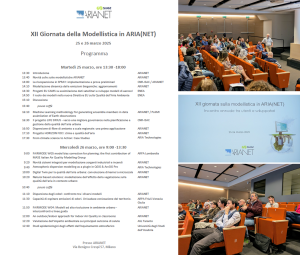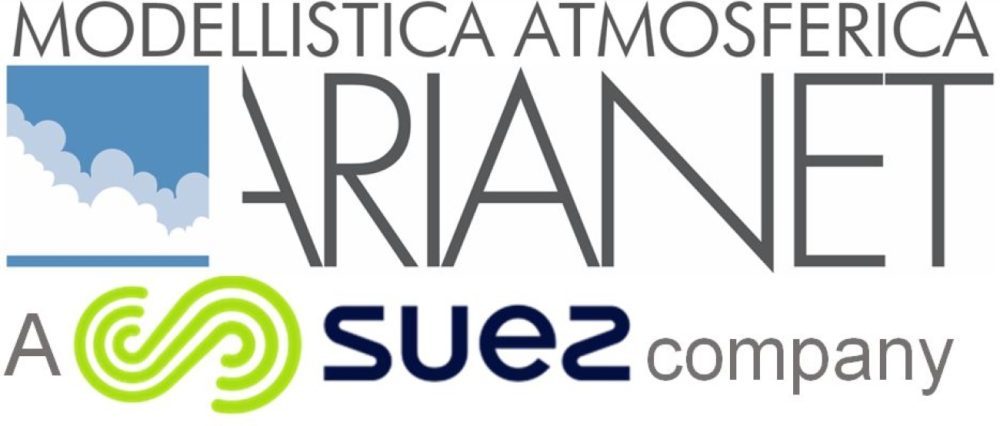The twelfth edition of the “Giornata della modellistica in ARIA(NET)” has just come to a close—an event we always look forward to, as it offers a valuable opportunity to explore the many potential applications of atmospheric modeling from a broad perspective.
Interest remains consistently high—over the past two days, nearly a hundred people attended, both in person and remotely. This confirms that our choice to maintain the dual participation option allows us to engage those who, often due to distance, would not be able to attend in Milan but are still interested in participating or presenting their work using our models.
To dedicate more time to discussion and exchange, which we have always considered the true added value of this event, we decided to extend the event to two days this year—a proposal that seems to have been well received!
Over these two days, we covered a wide range of cross-cutting topics, with the following presentations:
-
Introduction to the event and updates on modeling suites (ARIANET)
-
Resuspension in SPRAY: implementation and preliminary tests (CNR-ISAC / ARIANET)
-
Dynamic modeling of biogenic emissions: updates (ARIANET)
-
EU CAMS projects on satellite data assimilation and aerosol model development (ENEA)
-
The role of models in the new EU Directive on Ambient Air Quality (ENEA)
-
Machine Learning methodology for generating ensemble members in data assimilation of Earth observations (ARIANET / PoliMI)
-
The LIFE SIRIUS project – towards better governance in urban air quality planning and management (CNR-ISAC)
-
Regional-scale dispersion of asbestos fibers: a first application (ARIANET)
-
HORIZON FOCI Project: climate and air quality (ARIANET)
-
From climate science to action: case studies (ARIA Technologies)
-
FAIRMODE WG5 model bias correction for planning: the first contribution of MASE Italian Air Quality Modelling Group (ARPA Lombardia)
-
New integrated systems for modeling industrial sources and wildfires (ARIANET)
-
Atmospheric dispersion modeling as a plugin in QGIS & ArcGIS Pro (ARIA Technologies)
-
Digital Twin for urban air quality: microscale kernel convolution (ARIANET)
-
Nature-based solutions: modeling the effect of vegetation on air quality in urban contexts (ARIANET)
-
Odor dispersion: comparison between different models (ARIANET)
-
Capacity to accommodate odor emissions. A bold territorial zoning approach. (ARPA Friuli-Venezia Giulia)
-
FAIRMODE WG4: High-resolution models in urban environments – intercomparisons and guidelines (ARIANET)
-
An outdoor/indoor approach for Indoor Air Quality in classrooms (ARIANET)
-
Assessment of environmental impact on key health outcomes (ASL Taranto)
-
Epidemiological studies on the effects of air pollution (University of Insubria)
As we prepare to share all the presentations, we would like to sincerely thank all participants—both online and in person—for their engagement, interest, and spirit of collaboration. We look forward to seeing you again next year!

